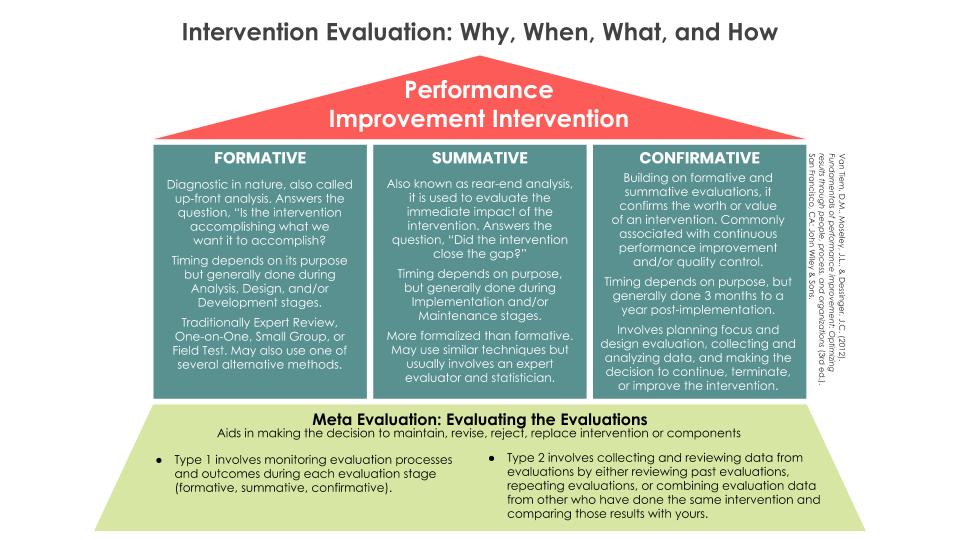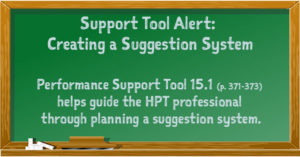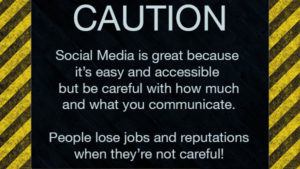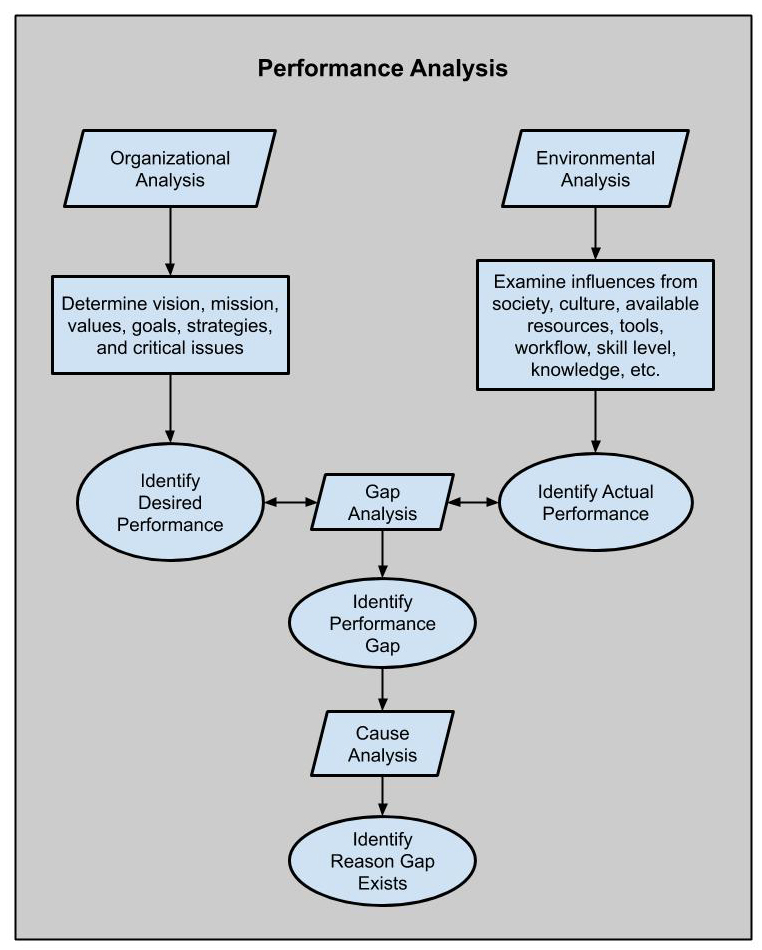Course: Performance System Technology. Spring 2020
Assignment: The text for this course (Van Tiem, Moseley, & Dessinger, 2012) presented 8 techniques as it applies to successful intervention implementation and maintenance:
- Partnering, networking, and alliance building,
- Process consulting,
- Employee development,
- Communication to develop support,
- Change management,
- Project management,
- Feasibility, and
- Sustainability.
We were asked to compare and contrast them and then determine which we felt is the most valuable tool to have in our tool-belt as an instructional designer and explain why.
After reading over the 8 techniques for successful intervention implementation and management, what struck me is that they are all interconnected. An organization identifies a problem and partners with a performance practitioner who begins with process consulting, then is part of the Project Management team. The project management team looks at the feasibility of a project, communicates with employees and other stakeholders in order to develop support (which will aid sustainability), and encourages employee development to ensure a smooth transition (change management).
The primary difference among these eight concepts is how individuals within an organization are involved. Feasibility studies, sustainability, project management, change management, and process consulting primarily involve the performance practitioner and management or a small group of individuals who would represent the organization as a whole. The remainder (partnering, networking, and alliance building; employee development; and communication) can be the actions of an organization or an individual (large-scale to small scale).
Examples of partnering, networking, and alliance building from large-scale to smaller-scale include the Alliance for Academic Internal Medicine which represents U.S. Internal Medicine physicians and works to improve medical education and health care in general; slightly smaller, but still large would include subspecialties within internal and family medicine. Going smaller, within Birmingham there are partnerships with COA, UAB, and the VA which ensure a broader experience for medical students and residents. On an even smaller scale, within UAB, I’m part of a group of program coordinators in Graduate Medical Education. Widen that scale back out just a touch and, through a private facebook group, I network with other coordinators across the country and from different specialties.
Employee development can be an endeavor that the individual employee takes on or something required by the organization due to a change. UAB encourages employee development, but not everyone takes advantage of it and, sadly, I suspect many don’t realize just how much is out there! Likewise, when the Department of Medicine switched to a new Resident Management System, we all had to take part in training (development) in order to learn the new system.
Last but not least, communication happens everyday between individuals, between the C-suite and employees, Deans and students, between departments, and across campus.
Of course, the common thread is people. Considering the name of this class, this isn’t a surprise. But as a performance practitioner, I feel that project management would be the most important one to have in my tool belt.
Alvarenga et al (2019) completed a literature review and identified 28 traditional competencies. They then asked project managers to rate these competencies “on a 5-point Likert scale from scarcely important to extremely important to project success” (281). Two hundred fifty-seven project managers responded and identified communication, commitment and leadership as being the most important to project success (283). The authors also examined these “traditional . . . competencies according to project managers and the underlying groups of competencies” (281) and “identified seven groups of competencies: self-management, interpersonal, communication, technical, productivity, managerial and leadership” (287).
My takeaway from this article and chapter is that a successful Project Manager has a network of other performance practitioners and partners with organizations to identify problems, plan solutions (process consulting, feasibility), and plan implementation (communication, employee development, change management, sustainability).
Resources:
Alvarenga, J., Branco, R., Guedes, A., Soares, C. and Silva, W. (2019), “The project manager core competencies to project success”, International Journal of Managing Projects in Business, Vol. 13 No. 2, pp. 277-292. https://doi.org/10.1108/IJMPB-12-2018-0274
Van Tiem, D.M., Moseley, J.L., & Dessinger, J.C. (2012). Fundamentals of performance improvement: Optimizing results through people, process, and organizations (3rd ed.). San Francisco, CA: John Wiley & Sons.



